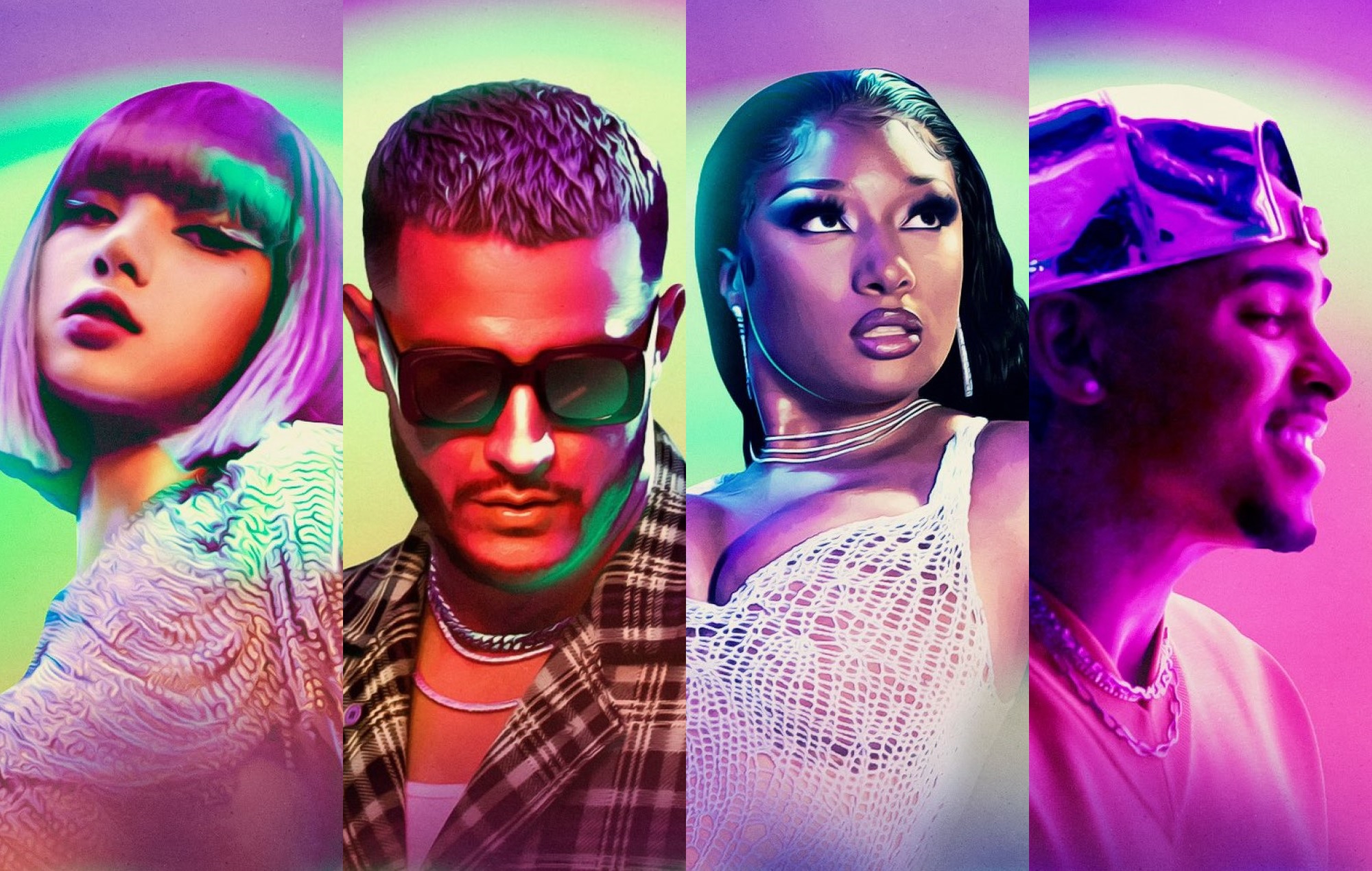(Hypebot) — It is no secret that Latin music finds success in all corners of the world…but how? Is it how amazing it is or something else?
by Janelle Borg of AmplifyYou
Puerto Rican rapper Bad Bunny was the most streamed artist in 2022. But this was no fluke: he has been the most streamed artist for three years in a row. With 18.5 billion streams from global audiences on Spotify alone, his success is linked to Latin music’s global takeover. Bad Bunny is not the only Latin music artist who has taken over the international music market. Indeed, Latin hits are dominating the charts and showing everyone that Latin music is officially mainstream. But what is the story behind the global popularity of Latin music? Read more to find out.
Where does the term “Latin Music” come from?
Firstly, where does the term “Latin music” come from? The term is an umbrella term for music from Spain, Portugal, Latin America, and the global Hispanic diaspora. Songs are typically sung in Spanish or Portuguese.
In the US, “Latin music” has historically been stereotyped as music from the Spanish Caribbean. The reason for this is that the immigrant population of cities such as New York in the 1950s consisted largely of Cubans, Dominicans, and Puerto Ricans.
This changed in the 1970s, when protests by Latinos in New York led to the creation of the Latin music category for the Grammy Awards. However, this did not distinguish between the different music landscapes and the music genres explored by Hispanic artists. Eight years later, the Grammies introduced the “Best Mexican/Mexican American Performance,” “Best Latin Pop Performance”, and “Best Tropical Latin Performance,” which reflected a shift in mentality and the growing popularity of Latin music in the US.
With the establishment of the Latin Recording Academy (LARAS) and the subsequent Latin Grammy Awards in the 1990s and early 2000s, genre diversity began to be highlighted. Additionally, the Recording Industry Association of America (RIAA) also introduced the “Los Premios de Oro y Platino” to certify sales of Latin music. Billboard also recognized the popularity of Latin music when the Billboard charts were divided into Latin pop, Regional Mexican, and Tropical, with a fourth subcategory that includes reggaeton and hip-hop introduced in the mid-2000s.
Latin music outside of Latin America
The global popularity of Latin music has been a long time coming. In the 1940s and 1950s, Latin America was one of the only regions not involved in World War II, so Americans opted for Latin music and media as a means of escapism. This cultural impact extended beyond the war. In fact, Pérez Prado managed to score a number-one hit on the American charts with his cha-cha version of “Cherry Pink and Apple Blossom White.”
The 1960s continued to produce strong Latin American exports like Antônio Carlos Jobim, Carlos Santana, Pérez Prado, and Almendra. In the 1970s, salsa music experienced a boom in the West, with New York-based Fania Records largely credited with popularizing the genre. In the meantime, Spanish balladeers like Julio Iglesias established a presence in Latin America and the US Latin music industry and remained popular throughout the 1980s.
In the 1990s, labels began to notice the growing popularity of Latin music and swooped in. Tejano music exploded in popularity, with Warner Nashville, EMI Latin, and Arista Nashville signing artists and creating cross-over hits. In the mid-1990s, Latin pop replaced Tejano music as the genre du jour, and Shakira, Enrique Iglesias, Ricky Martin, and Jennifer Lopez achieved global fame, ushering in a new era for Latin music.
The popularity of Latin music continued to increase in the 2000s and 2010s, with reggaeton, urbano, electropop, contemporary bachata, and Latin trap taking over radio waves and streaming charts. It culminated in the popularity of 2017’s “Despacito,” one of the most streamed in history, which also spent 16 consecutive weeks on the Billboard charts.
The popularity of Latin music today
Streaming undoubtedly changed the game for Latin music artists. In the US alone, Latin music dominated 6.6% of the total market in the first half of 2022, with music streaming formats accounting for 97% of all Latin music revenues.
Artist collaborations have strengthened the visibility of Latin music artists, leading to the cross-pollination of audiences. A clear example is SG, released in 2022, which saw Puerto Rican singer Ozuna collaborate with American rapper Megan Thee Stallion, French music producer DJ Snake, and Thai K-pop star Lalisa Manobal.
Social media, especially TikTok, has been an extremely useful medium for emerging Latin music artists. With more music audiences spending time on social media during the Covid-19 lockdowns, artist discovery reached an all-time high, enabling emerging artists to showcase their music and build fan communities that they are now leveraging.

And according to Bruno Del Granado, head of global Latin music touring at CAA, these fan communities are not restricted to the U.S. and Latin America. Rather, the U.S. serves as a “seal of approval” for artists. “The U.S. gives you prestige, but you also want China, India, and Latin America. It adds into this big puzzle and every artist, the smart ones, always look at the world as their market.”
Latin music has grown from strength to strength, and its growing popularity shows how the music industry is becoming increasingly global. Technology has empowered artists to collaborate with other artists based on the other side of the globe, and enabled music fans to discover artists they might not otherwise have discovered. The popularity of Latin music has been a long time coming, but one thing is sure, “poco a poco se llega lejos.”
Janelle Borg knows a thing or two about the music industry. Having been involved in the industry since the age of 13, she’s now involved in a variety of music-related projects and is always keen to share industry tips ‘n’ tricks with fellow musicians.



























































